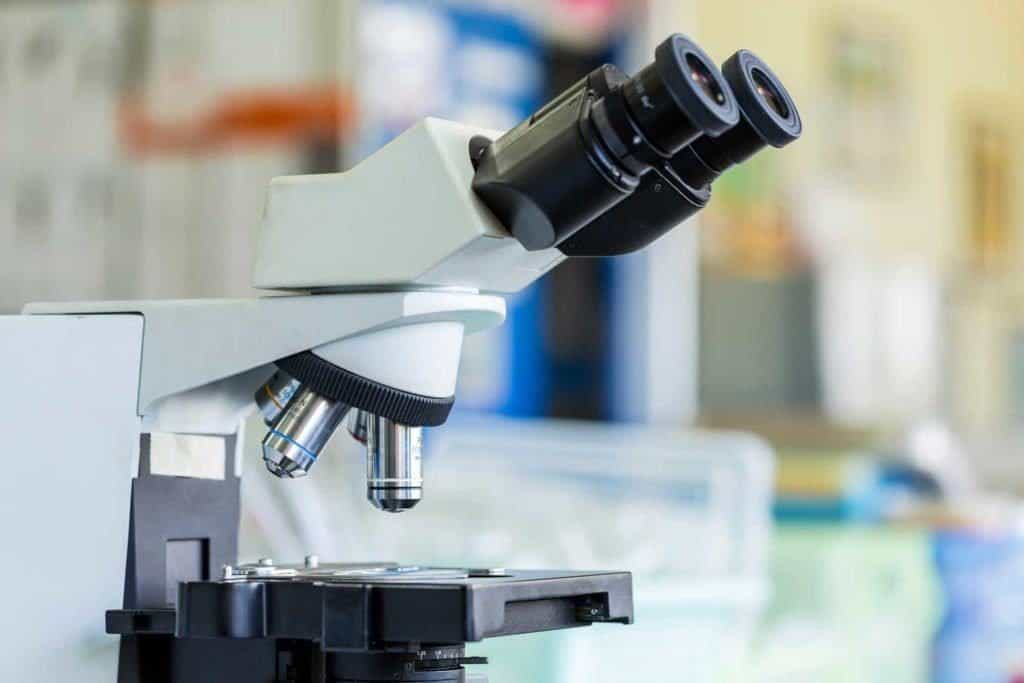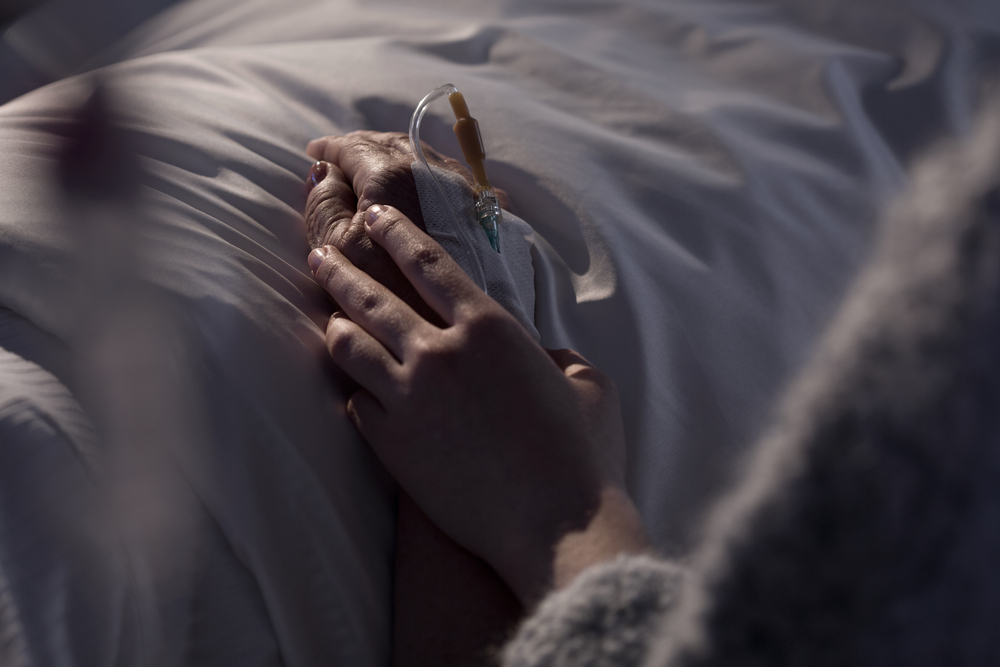Contents:
Medical Video: Sentinel Node Biopsy: Breast Cancer Lymph Node Surgery
Part of the process of treating breast cancer is an operation called sentinel lymph node biopsy (SLNB). This SLNB is different from the biopsy the patient undergoes at the time of diagnosis. The purpose of sentinel lymph node biopsy is diagnostic and therapeutic, and can help diagnose stage in cancer. This procedure can make the doctor know if there are cancer cells that must be removed. Information obtained from this biopsy will also guide patients in cancer treatment.
Why do you need sentinel lymph node biopsy?
The stage of breast cancer is determined by tumor size, the nature of cancer cells, and the number of cells found outside the tumor and inside the lymph nodes. Knowing your stage is important because cancer treatment will be carried out based on the stage.
As long as the cancer is still in the breast, this can be cured. But if it has moved to other parts of the body, cancer becomes dangerous because it can threaten other organs. Before treating you, your doctor must know how far your cancer has spread.
Usually, cancer cells spread through the lymphatic system to the lungs or liver. If cells begin to grow in new parts of the body, this means metastasis occurs. Cancer cells can also spread through the blood system, but detecting it from the lymph nodes will help the doctor determine whether the cancer cells are spreading from the breast. SLNB can also help doctors determine the extent to which cancer has spread to lymph.
During the SLNB process, the radioactive tracer or blue dye will be injected in the breast. Then the body will release the fluid through the lymphatic system to the nearest gland. The doctor must find this gland, called the sentinel lymph node, to be removed and examined for cancer cells. If cancer cells cannot be found, it is concluded that cancer has not spread to other parts of the body.
How does this work?
Sentinel lymph node biopsy is usually done in conjunction with breast surgery, although it can also be done first.
The first step
Your breasts will be numbed, and the dye will be injected into the tumor area or around the nipple, using very thin needles. This injection helps the surgeon find the location of the lymph nodes. If the doctor uses it tracer radioactive and not coloring, this will be injected several hours before or even the day before the procedure. Sometimes doctors also use both (coloring and tracer radioactive).
Second step
You will massage where the dye is injected. Lymph nodes where the dye is released or tracer this will be marked an hour later, using a special tool. You will be taken to the operating room to undergo removal of this gland, or several other glands.
Third step
A small incision will be made in your armpit, and the doctor will remove your lymph nodes.
Fourth step
A pathologist will examine the gland for cancer cells.
Fifth step
If cancer cells are found, the surgeon will continue to remove the gland. This is called axillary dissection, and is performed at the same time or in the advanced procedure. The doctor will remove the lymph nodes until no more cancer cells are found, unless the spread of cancer cells is too wide.
Sixth step
If you only have an SLNB, you can go straight home. If you also have mastectomy and breast reconstruction afterwards, you may need to be treated longer.
What will the SLNB show?
SNLB will help determine the right stage for your breast cancer. Biopsied glands may not contain cancer. This means that the cancer has not spread, and you may not need chemotherapy or advanced treatment, depending on how big your tumor is and what type of tumor the cell consists of.
If a positive biopsy is cancer, the next step will be determined based on the appearance and number of cancers found in the gland. You might need full body scan or chemotherapy.
What are the risks?
There is a risk of getting false negatives with this procedure. This occurs in 5-10 percent of patients.
Lymphedema can also occur, especially if too many glands are removed. Lymphedema is a problem with lymphatic drainage, which causes swelling of the arm. This can be a permanent condition. All people who have had lymph node removal have to undergo preventive treatment for lymphedema.
Nerve injury and shoulder dysfunction may also occur.
What are the benefits?
With SNLB, there are fewer surgical complications than full axillary dissection. Lymphedema is a rare side effect. Healing is also shorter than the full axillary dissection procedure.
Research shows that SLNB is as effective as full lymph node dissection, in providing breast stage information. The healing process is also easier.
What is the healing process like?
Although the diagnosis of breast cancer is always surprising, procedures such as SLNB will not give you further problems, and you can recover more quickly than if you undergo axillary dissection.
It's frightening to imagine the cancer has spread to other parts of the body. However, finding it faster will make your treatment more effective, and enhance your chances of living longer.












